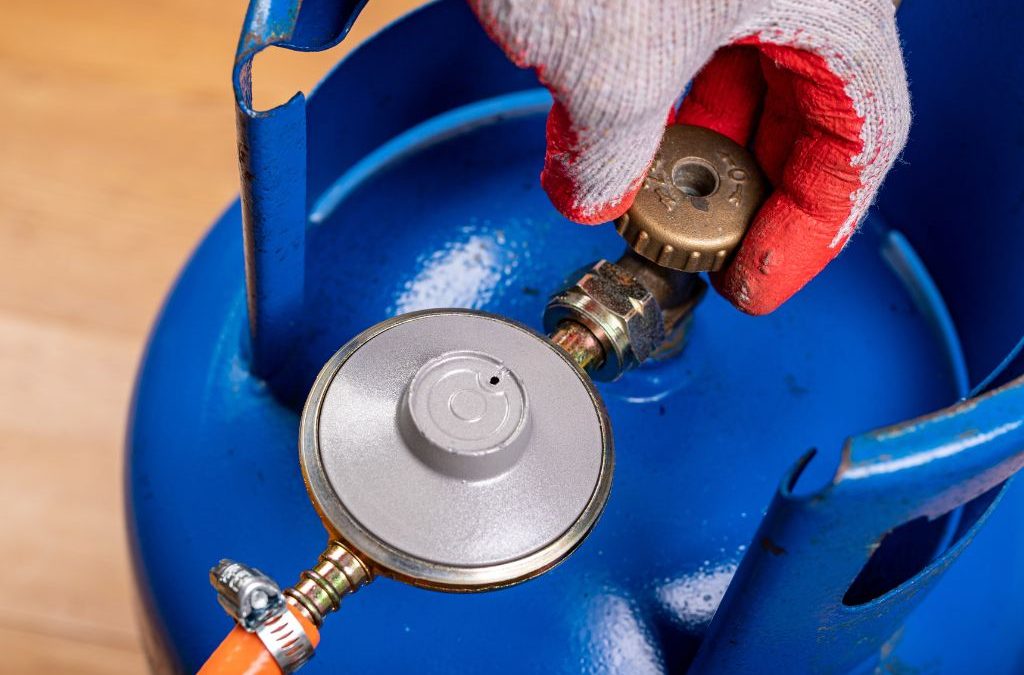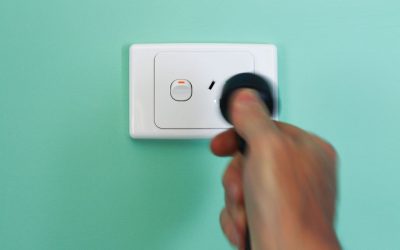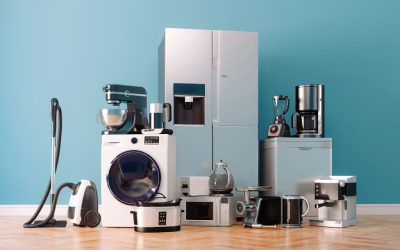For many tradies, it’s essential to understand how gas regulators work. These devices play a massive role in the safe and efficient operation of many appliances.
With their importance in various on-site industrial contexts, knowing how gas regulators work is vital in the trade industry. Whether you’re safely setting up a residential water heater, installing a commercial kitchen setup, or managing high-demand industrial burners, these compact devices are key components behind the scenes.
Let’s take a closer look at what these gas regulators do and how they play a role in ensuring the constant and smooth operations of various industrial processes.
What is a gas regulator?
A gas regulator is a pressure control device designed to control output pressure to match the needs of a connected appliance or system.
Its job is to promote a steady and safe gas flow coming out from a high-pressure source, like a gas cylinder. The precise gas pressure is crucial for ensuring efficient and safe operations.
Otherwise, you can deal with health and safety hazards like gas leaks and inconsistent flames. That’s not to mention your appliance failing to function as intended.
A gas regulator is a crucial component for most industrial processes, like providing the safe amount of gas in a gas stove. Without an effective regulator, gas systems can push out the incorrect amount of gas, which can be inefficient, dangerous, and unstable.
With gas being a necessary component for various residential, commercial, and industrial settings, a gas regulator is an important tool.
How does a gas regulator work?
A gas regulator works by automatically adjusting gas flow and pressure to provide a consistent supply of gas to your appliance or system.
Here’s how it works:
- Gas enters the regulator from a high-pressure source, like a gas cylinder.
- The gas hits a spring-loaded diaphragm, which controls the flow of gas.
- The diaphragm either opens or closes to let in more gas or reduce the flow of gas.
- An operator can manually adjust some gas regulators. Others have pre-set settings that cannot be changed.
The gas regulator, in essence, helps set a safe and steady range of gas to be pushed to the industrial or household appliance.
Practical use cases of gas regulators
Now that you’re aware of the mechanisms behind a gas regulator, let’s uncover what settings these tools are commonly used for.
As previously mentioned, gas regulators can be found in many settings that require the use of gas. This means it’s common to find them in residential, commercial, and industrial environments.
Let’s look at some common trade and industry applications of this tool in more depth.
- Residential utility: Gas regulators are found in appliances that use gas like stoves, water heaters, and BBQs, to reduce and control cylinder pressure.
- Commercial kitchens: Gas is a critical resource for kitchens, especially commercial kitchens that operate multiple hours a day. Gas regulators ensure that gas ranges, ovens, fryers, and other kitchen equipment are safe despite daily use.
- Welding and cutting equipment: Tradies are well aware that their array of welding and cutting equipment is equipped with a gas regulator. This helps regulate the flow of oxygen, acetylene, and propane, ensuring precise flame settings when welding and cutting metals.
- HVAC and gas heating systems: Temperature regulating appliances like boilers, heaters, and furnaces all need gas regulators to ensure a steady supply of gas and air to one’s interior.
- Industrial burners: Numerous large-scale heating systems are used in manufacturing, ceramic, and food processing industries. These pieces of equipment rely on gas regulators to control the flow of gas in their operations and ensure a consistent and precise output.
- Camping or portable setup: For outdoorsy folks or people hosting BBQs on their lawn, portable gas stoves and heaters also have a gas regulating system to ensure appliance safety.
- Generators and forklifts: Many forklifts and generators operate on LPG gas, necessitating the need for LPG and natural gas regulators to control their gas output.
Generally speaking, if you’re using gas-operated machinery, then chances are it’s accompanied by a fitting gas regulator to keep its output steady.
Types of gas regulators
Gas regulators aren’t identical across all gas-powered appliances. There are many different types of gas regulators that are designed for specific applications and pressure ranges.
Here are two of the most popular types of gas regulators, alongside their associated functions:
- Single-stage regulators: These regulators reduce inlet pressure to outlet pressure in one go, with only a single pressure-reducing chamber. They are ideal for applications where constant outlet pressure isn’t vital, where an operator can re-adjust pressure, or inlet pressure is stable.
- Dual-stage regulators: Dual-stage regulators change gas pressure across two stages. This leads to more stable output pressure. They are ideal for applications that require a constant outlet pressure for the life of a gas cylinder.
How to choose the right gas regulator
It’s essential to choose the right gas regulator to ensure that your gas-powered appliances work as intended. Here are some things to look out for before you make a selection:
- Gas type: A gas regulator works on a specific gas type, so it’s essential to get a specific regulator that works with your gas source. This can be either an LPG, natural gas, acetylene, or oxygen gas regulator.
- Appliance: Understanding the types of gas appliances is crucial, as the underlying use case can dictate whether you need a single-stage or dual-stage regulator. Specific regulators work best on a specific type of gas appliance, so be sure to match that before proceeding with any installation work.
- Pressure requirements: Another thing to check is the inlet and outlet pressure ratings of your appliances. Match your gas regulator with your appliance to ensure that there won’t be any malfunctions during operations.
- Connection type: Make sure the regulator’s fittings match your hose, cylinder, or appliance thread size.
- Compliance and certification: Pick a gas regulator that complies with all relevant standards and regulations.
Before proceeding with a specific gas regulator, it’s a good idea to review the appliance and gas regulator’s spec sheet to ensure that they’re compatible and safe to use together. This way, you won’t risk safety and instead make the most out of your money.
When to call a licensed gas fitter
While understanding gas regulators is valuable, installation and maintenance should always be handled by a licensed gas fitter. These qualified professionals are trained to work with gas systems safely and in compliance with Australian standards. Whether you’re connecting a new regulator, upgrading an old system, or troubleshooting gas pressure issues, a gas fitter can ensure everything is done correctly and legally. They not only help reduce the risk of gas leaks and appliance damage but also provide peace of mind that your system is working efficiently and safely. When in doubt, it’s always smart to call in a certified expert.
Get the Right Regulator with Help from a Trusted Tradie
Whether you’re working on residential appliances, outfitting a commercial kitchen, or managing heavy-duty industrial systems, understanding how gas regulators work is essential for getting the job done right—and safely. Choosing the correct regulator for your setup ensures reliable performance, energy efficiency, and peace of mind. If you’re ever unsure about which regulator suits your project, it’s best to speak with a licensed tradie who knows the ins and outs of gas systems. At Tradie Near Me, we make it easy to connect with qualified professionals who can help you choose, install, and maintain the right gas components for any job.






